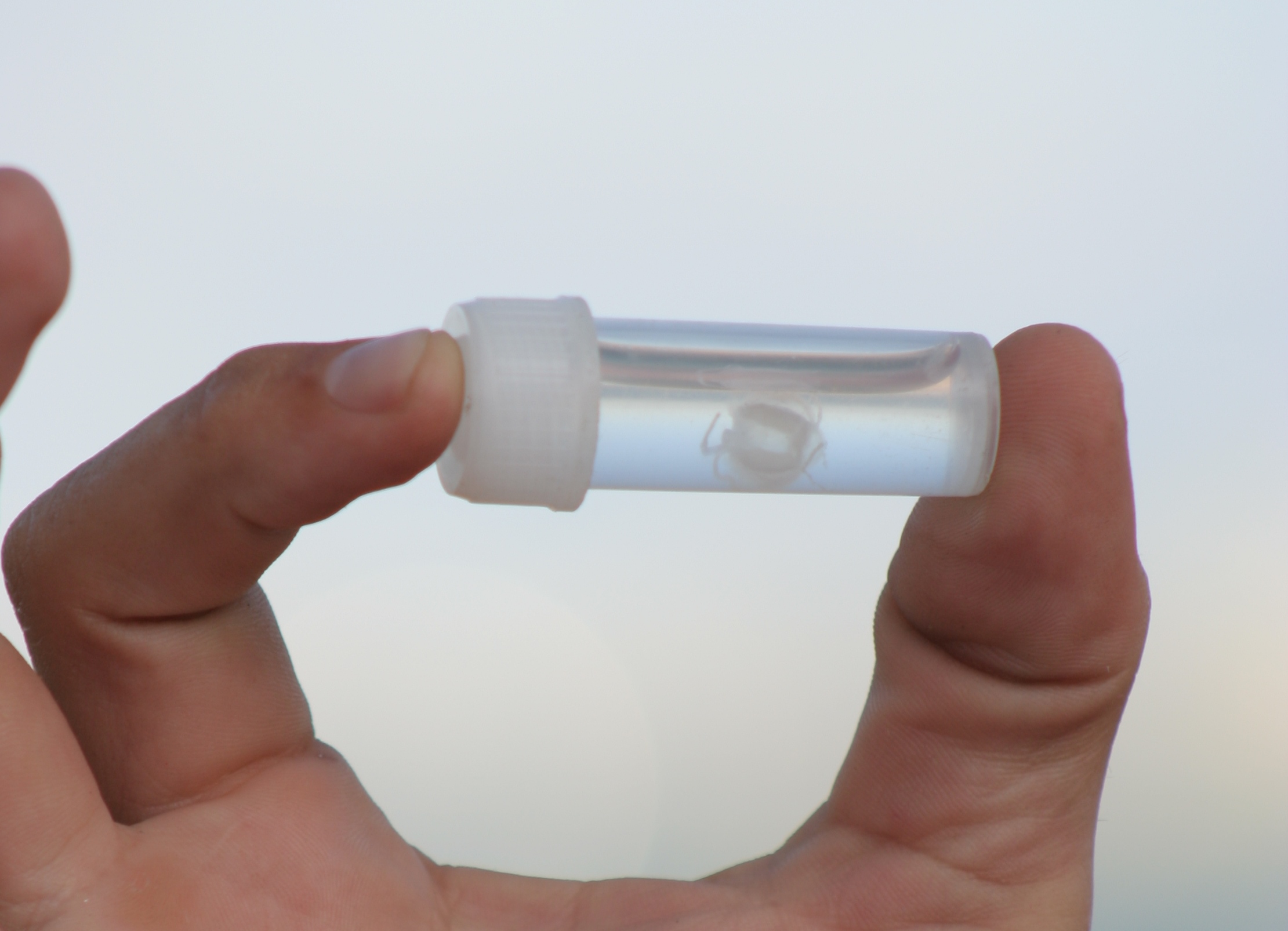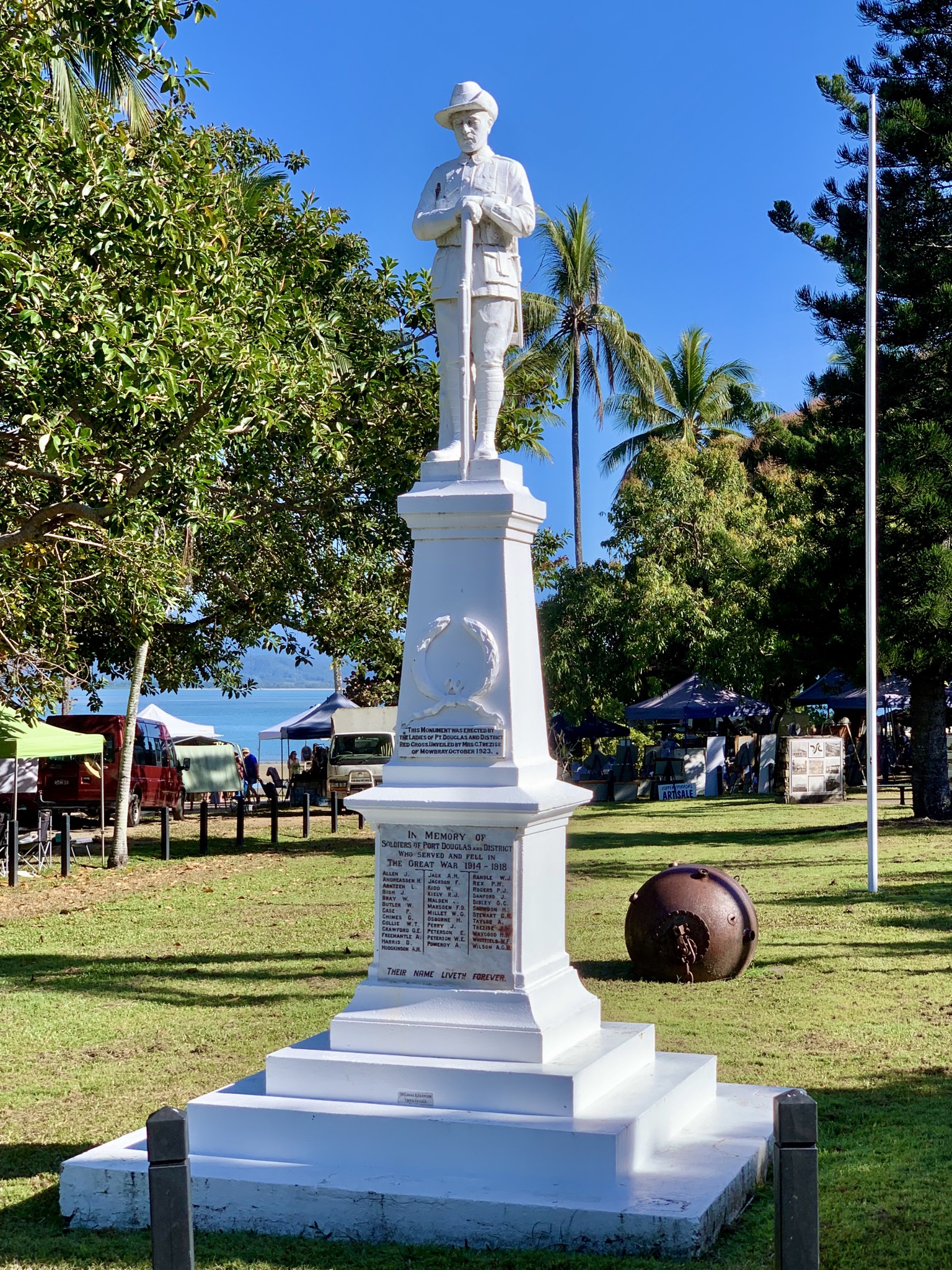|
Malo Kingi
''Malo kingi'' or the common kingslayer is a species of Irukandji jellyfish. It was first described to science in 2007, and is one of four species in the genus ''Malo''.Gershwin, L. (2007)''Malo kingi'': A new species of Irukandji jellyfish (Cnidaria: Cubozoa: Carybdeida), possibly lethal to humans, from Queensland, Australia.''Zootaxa'' 1659 55-68. It has one of the world's most potent venoms, even though it is no bigger than a human thumbnail.''Malo kingi''. Science Channel. As an Irukandji, it can cause , characterized by severe pain, vomiting, and rapid rise in blood pressure. It is named after victim Robert King, a tourist from the United States swimmi ... [...More Info...] [...Related Items...] OR: [Wikipedia] [Google] [Baidu] |
Irukandji Jellyfish
The Irukandji jellyfish ( ) are any of several similar, extremely venomous species of rare jellyfish. With a very small adult size of about a cubic centimetre (1 cm3), they are both the smallest and one of the most venomous jellyfish in the world. They inhabit the northern marine waters of Australia. This type of jellyfish reproduces sexually with eggs and sperm. They fire their stingers into their victim, causing a condition known in humans as Irukandji syndrome, which can be fatal. There are about 16 known species of Irukandji, of which ''Carukia barnesi'', ''Malo kingi'', '' Malo maxima'', '' Malo filipina'' and '' Malo bella'' are the best known.Crew, Becky"The Smallest and Deadliest Kingslayer in the World" October 7, 2013, ''Scientific American'' blog, retrieved Nov. 6, 2016 Irukandji syndrome was named in 1952 by Hugo Flecker, who first described the symptoms of envenoming by this jellyfish. The syndrome was named after the Irukandji people, whose region stretches a ... [...More Info...] [...Related Items...] OR: [Wikipedia] [Google] [Baidu] |
Malo (jellyfish)
''Malo'' is a genus of box jellies. It contains four species, three of which were described by the Australian marine biologist Lisa-Ann Gershwin. Species The World Register of Marine Species lists the following four species: *'' Malo bella'' Gershwin, 2014 *'' Malo filipina'' Bentlage & Lewis, 2012 *''Malo kingi ''Malo kingi'' or the common kingslayer is a species of Irukandji jellyfish. It was first described to science in 2007, and is one of four species in the genus ''Malo''.Gershwin, L. (2007)''Malo kingi'': A new species of Irukandji jellyfish (Cnida ...'' Gershwin, 2007 *'' Malo maxima'' Gershwin, 2005 References Carukiidae Medusozoa genera {{Cubozoa-stub ... [...More Info...] [...Related Items...] OR: [Wikipedia] [Google] [Baidu] |
Venom
Venom or zootoxin is a type of toxin produced by an animal that is actively delivered through a wound by means of a bite, sting, or similar action. The toxin is delivered through a specially evolved ''venom apparatus'', such as fangs or a stinger, in a process called envenomation. Venom is often distinguished from poison, which is a toxin that is passively delivered by being ingested, inhaled, or absorbed through the skin, and toxungen, which is actively transferred to the external surface of another animal via a physical delivery mechanism. Venom has evolved in terrestrial and marine environments and in a wide variety of animals: both predators and prey, and both vertebrates and invertebrates. Venoms kill through the action of at least four major classes of toxin, namely necrotoxins and cytotoxins, which kill cells; neurotoxins, which affect nervous systems; myotoxins, which damage muscles; and haemotoxins, which disrupt blood clotting. Venomous animals cause tens of thousa ... [...More Info...] [...Related Items...] OR: [Wikipedia] [Google] [Baidu] |
Nail (anatomy)
A nail is a claw-like plate found at the tip of the Finger, fingers and Toe, toes on most primates. Nails correspond to the claws found in other animals. Fingernails and toenails are made of a tough protective protein called alpha-keratin, which is a polymer. Alpha-keratin is found in the hooves, claws, and horns of vertebrates. Structure The nail consists of the nail plate, the nail matrix and the nail bed below it, and the grooves surrounding it. Parts of the nail The matrix, sometimes called the ''matrix unguis'', keratogenous membrane, nail matrix, or onychostroma, is the active Tissue (biology), tissue (or Germ layer, germinal Matrix (biology), matrix) that generates cells, which harden as they move outward from the nail root to the nail plate. It is the part of the nail bed that is beneath the nail and contains nerves, lymph and blood vessels. The matrix produces cells that become the nail plate. The width and thickness of the nail plate is determined by the size, length, ... [...More Info...] [...Related Items...] OR: [Wikipedia] [Google] [Baidu] |
Irukandji Syndrome
Irukandji syndrome is a condition that results from envenomation by certain box jellyfish. In rare instances the sting may result in cardiac arrest and death. The most common jellyfish involved is the ''Carukia barnesi'', a species of Irukandji jellyfish. Those stung may experience severe or even excruciating pain. The syndrome was given its name in 1952 by Hugo Flecker, after the Aboriginal Irukandji people who live in Palm Cove, north of Cairns, Queensland, Australia, where stings are common. Signs and symptoms Most stings occur during the summer wet season in October–May in North Queensland, with different seasonal patterns elsewhere. Because the jellyfish are very small, the venom is only injected through the tips of the nematocysts (the cnidocysts) rather than the entire lengths; as a result the sting may barely be noticed at first. It has been described as feeling like little more than a mosquito bite. The symptoms, however, gradually become apparent and then more ... [...More Info...] [...Related Items...] OR: [Wikipedia] [Google] [Baidu] |
Port Douglas, Queensland
Port Douglas is a coastal town and locality in the Shire of Douglas, Queensland, Australia, approximately 60 km north of Cairns. In the , Port Douglas had a population of 3,504 people. The town's population can often double, however, with the influx of tourists during the peak tourism season from May to September. The town is named in honour of a former Premier of Queensland, John Douglas. Port Douglas developed quickly based on the mining industry. Other parts of the area were established with timber cutting occurring in the area surrounding the Daintree River and with settlement starting to occur on lots around the Mossman River by 1880. Previous names for the town included Terrigal, Island Point, Port Owen and Salisbury. The town is situated adjacent to two World Heritage areas, the Great Barrier Reef and the Daintree Rainforest. Port Douglas was No. 3 on Australian Traveller magazine's list of 100 Best Towns in Australia."100 Best Towns in Australia". Retrieved 21 July 201 ... [...More Info...] [...Related Items...] OR: [Wikipedia] [Google] [Baidu] |
Nematocyst
A cnidocyte (also known as a cnidoblast or nematocyte) is an explosive cell containing one large secretory organelle called a cnidocyst (also known as a cnida () or nematocyst) that can deliver a sting to other organisms. The presence of this cell defines the phylum Cnidaria (corals, sea anemones, hydrae, jellyfish, etc.). Cnidae are used to capture prey and as a defense against predators. A cnidocyte fires a structure that contains a toxin within the cnidocyst; this is responsible for the stings delivered by a cnidarian. Structure and function Each cnidocyte contains an organelle called a cnida, cnidocyst, nematocyst, ptychocyst or spirocyst. This organelle consists of a bulb-shaped capsule containing a coiled hollow tubule structure attached to it. An immature cnidocyte is referred to as a cnidoblast or nematoblast. The externally oriented side of the cell has a hair-like trigger called a cnidocil, which is a mechano- and chemo-receptor. When the trigger is activated, the ... [...More Info...] [...Related Items...] OR: [Wikipedia] [Google] [Baidu] |
Scientific American
''Scientific American'', informally abbreviated ''SciAm'' or sometimes ''SA'', is an American popular science magazine. Many famous scientists, including Albert Einstein and Nikola Tesla, have contributed articles to it. In print since 1845, it is the oldest continuously published magazine in the United States. ''Scientific American'' is owned by Springer Nature, which in turn is a subsidiary of Holtzbrinck Publishing Group. History ''Scientific American'' was founded by inventor and publisher Rufus Porter (painter), Rufus Porter in 1845 as a four-page weekly newspaper. The first issue of the large format newspaper was released August 28, 1845. Throughout its early years, much emphasis was placed on reports of what was going on at the United States Patent and Trademark Office, U.S. Patent Office. It also reported on a broad range of inventions including perpetual motion machines, an 1860 device for buoying vessels by Abraham Lincoln, and the universal joint which now can be found ... [...More Info...] [...Related Items...] OR: [Wikipedia] [Google] [Baidu] |
Carukiidae
Carukiidae is a family of box jellyfish within the Cubozoa class. Carukiidae can be easily classified by their lack of cirri clumps inside the cubozoan stomach, as well as the size and the placement of their nematocysts. Carukiidae use nematocysts as a defense mechanism; they releases a venom from the tips of their nematocysts, producing the Irukandji syndrome. Even though positions of spines on the shaft of the Carukiidae cause illness, there are areas on the body that do not. The rhopalial niche openings, which discern light, do not incur any illness. The Carukiidae also have non-venomous rhopaliar horns, which are imperceptive in function and located above the rhopalial niches. Irukandji syndrome triggered by Carukiidae requires immediate medical attention. In the event that it goes untreated in humans, cardiac arrest is a potentially deadly consequence. Classification * '' Carukia'' ** ''Carukia barnesi'' (Southcott, 1967) ** '' Carukia shinju'' (Gershwin, 2005) * ''Gerong ... [...More Info...] [...Related Items...] OR: [Wikipedia] [Google] [Baidu] |
Animals Described In 2007
Animals are multicellular, eukaryotic organisms in the biological kingdom Animalia. With few exceptions, animals consume organic material, breathe oxygen, are able to move, can reproduce sexually, and go through an ontogenetic stage in which their body consists of a hollow sphere of cells, the blastula, during embryonic development. Over 1.5 million living animal species have been Species description, described—of which around 1 million are Insecta, insects—but it has been estimated there are over 7 million animal species in total. Animals range in length from to . They have Ecology, complex interactions with each other and their environments, forming intricate food webs. The scientific study of animals is known as zoology. Most living animal species are in Bilateria, a clade whose members have a Symmetry in biology#Bilateral symmetry, bilaterally symmetric body plan. The Bilateria include the protostomes, containing animals such as nematodes, arthropods, flatworms, ... [...More Info...] [...Related Items...] OR: [Wikipedia] [Google] [Baidu] |






